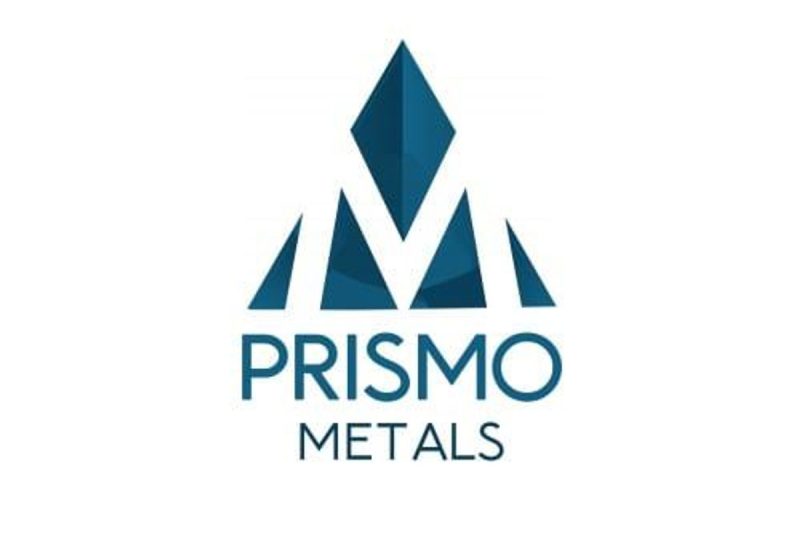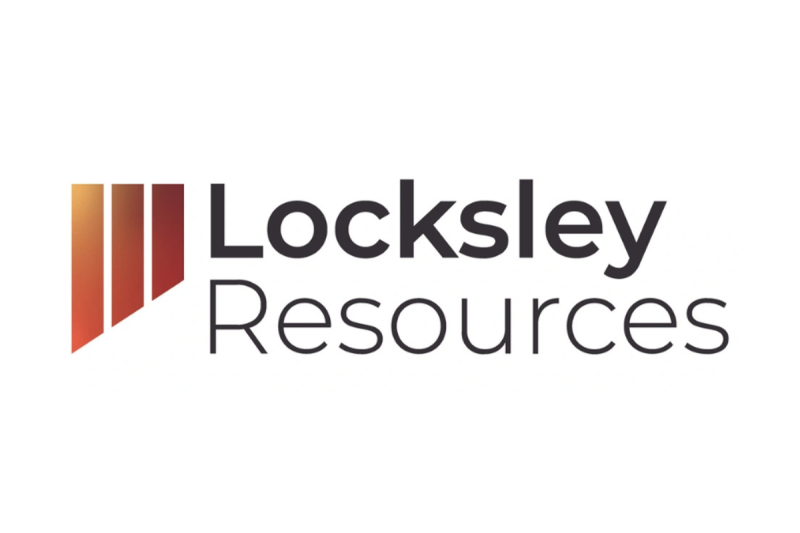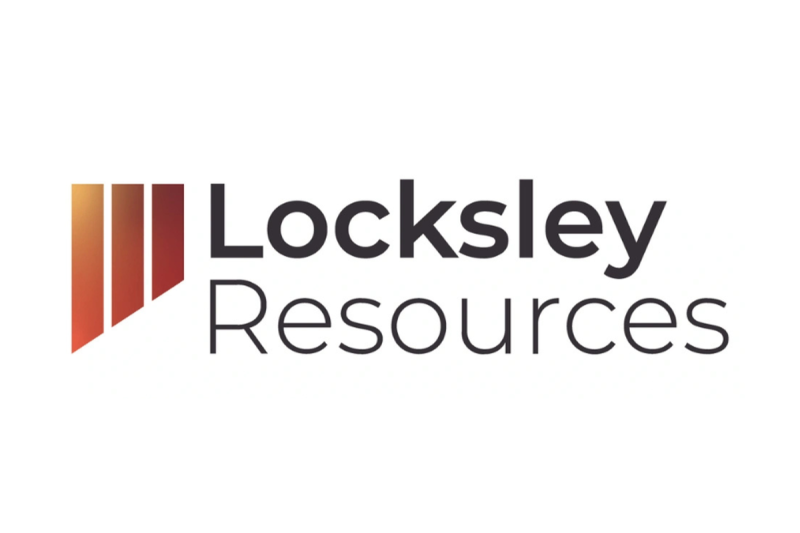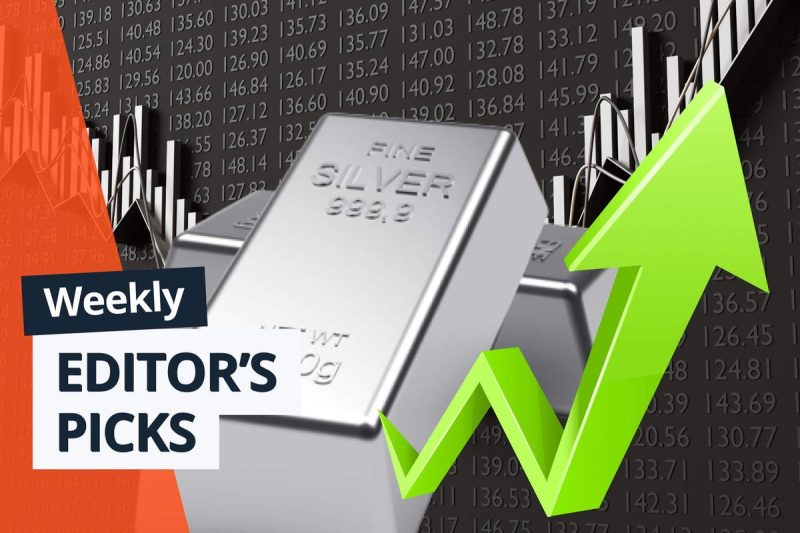Clem Chambers, CEO of aNewFN.com, shares his outlook for silver in 2026.
In his view, the white metal could rise as high as US$150 to US$160 per ounce.
Chambers also discusses his other areas of focus right now, including gold, as well as the defense industry and tech stocks like Intel (NASDAQ:INTC).
Securities Disclosure: I, Charlotte McLeod, hold no direct investment interest in any company mentioned in this article.










